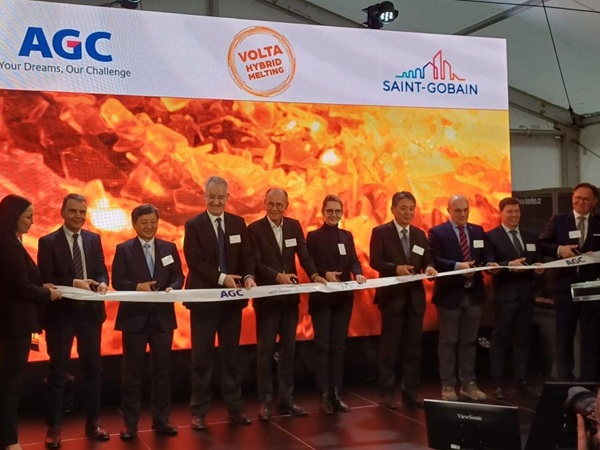Date: 2 December 2010
AGC's Building Projects Team worked closely with specialist architectural and cladding consultancy, Montresor Partnership, to provide a glazing solution that met the project's exacting technical and aesthetic demands. Combining thermal insulation with high light transmission, Planibel Energy N and its toughenable version, Energy NT, were an ideal choice for the building's flat and curved double glazed vision units; while Planibel Coloured Dark Blue has provided distinctive glass visors around the 14-storey structure, offering a high level of shading and solar control.
As Montresor Partnership's Senior Partner Harry Montresor explains, finding a low-emissivity glass that could be used for flat and curved glazing was a key priority during the specification process. "With Planibel Energy N, and its toughenable and bendable NT version, we were able to specify the same glass for all the units and so maintain a consistent appearance throughout the building," he says. In addition to the aesthetic advantages, the glass's low-e magnetron coating reinforces the insulating properties of the glass, improving the building's overall energy balance.
Balancing light transmission with the building's required g-value was also a concern, says Harry Montresor. "Energy N offers a high light transmission level, and we were able to achieve around 67% on this project."
Dark blue visors to limit direct solar gain were an early design decision for the new building. Although a coloured laminate interlayer was considered, AGC's body tinted glass was the ultimate choice because of its durability and aesthetic appeal. Made using the 'float' glass process, Planibel Coloured Glass has a proven track record of colourfastness and combines solar control with low level light reflection. In addition to the Dark Blue specified for St Botolphs, this attractive glazing option is available in a range of other colours to suit different design requirements including grey, green and bronze.
Summing up the success of this prestigious project, Harry Montresor says, "AGC had answers to all our design requirements in terms of products and project support. St Botolphs embodies sustainable and energy efficient building design and the specification of high performance AGC glass has contributed to the building's 'Very Good' BREEAM rating."







Add new comment